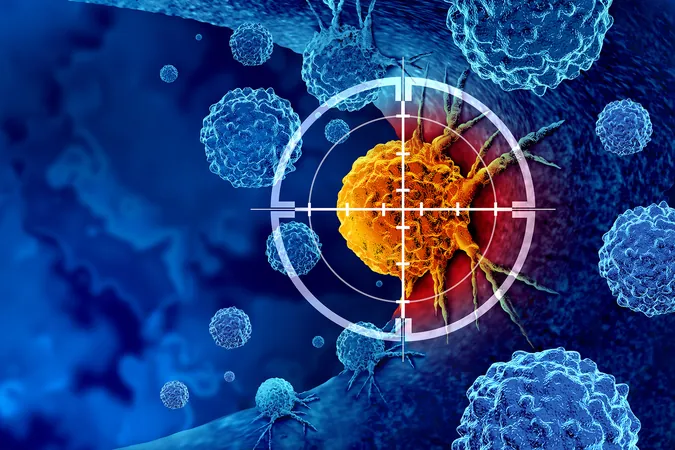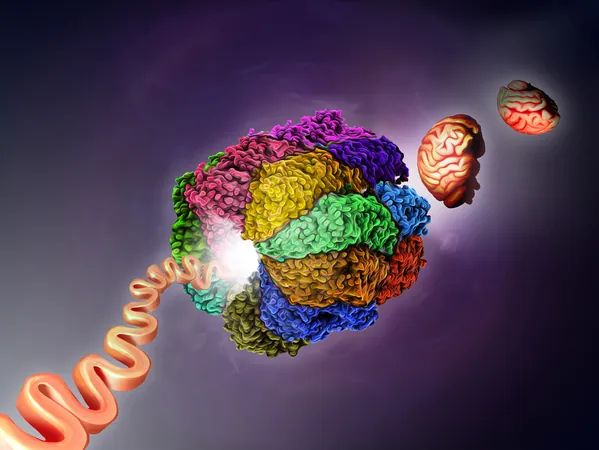
Groundbreaking Algorithm Unveils Ancient DNA Secrets: A Major Leap in Understanding Human Evolution!
2024-11-20
Author: Arjun
Revolutionary Study Published in Nature Ecology & Evolution
Researchers have introduced a groundbreaking algorithm that predicts DNA methylation patterns in ancient specimens, unlocking new dimensions of our understanding of human evolution. This pioneering method applies to non-skeletal tissues, expanding the database of insights far beyond what the fossil record typically offers.
Research Leadership
The research was spearheaded by Ph.D. student Yoav Mathov under the supervision of experts Prof. Liran Carmel and Prof. Eran Meshorer from the Department of Genetics at the Institute of Life Sciences, as well as the Edmond & Lily Safra Center for Brain Sciences (ELSC).
Focus on the Brain
The team's novel approach particularly focused on the brain, a venue often overlooked in previous studies that typically relied on skeletal remains, which are the main source of ancient human DNA.
Understanding DNA Methylation
DNA methylation serves as a crucial marker of gene expression. By accurately inferring changes in gene activity across various tissues, the researchers have paved the way for a more nuanced understanding of the evolutionary processes that have sculpted the human brain and its neural functions.
Impressive Accuracy of the Algorithm
Utilizing a substantial database of methylation data from living species, the algorithm boasted an impressive accuracy rate of up to 92% in predicting DNA methylation across different tissues.
Findings from Ancient Human Samples
When applied to ancient human samples, the algorithm unveiled a staggering 1,850 sites of differential methylation in neurons of the prefrontal cortex—a region vital for higher cognitive functions.
Connections to Human Evolution
Many of these identified sites are associated with the neuroblastoma breakpoint family (NBPF), a group of genes long linked to the evolution of the human brain.
Future Implications
This novel algorithm doesn’t just hint at a new era for evolutionary biology and anthropology; it provides an innovative toolkit to explore tissue-specific epigenetic changes that have remained hidden until now.
Conclusion
As scientists continue to unlock the secrets of our ancient ancestry, this study may well mark the beginning of a transformative leap forward in our capacity to understand the intricate complexities of human evolution.




 Brasil (PT)
Brasil (PT)
 Canada (EN)
Canada (EN)
 Chile (ES)
Chile (ES)
 España (ES)
España (ES)
 France (FR)
France (FR)
 Hong Kong (EN)
Hong Kong (EN)
 Italia (IT)
Italia (IT)
 日本 (JA)
日本 (JA)
 Magyarország (HU)
Magyarország (HU)
 Norge (NO)
Norge (NO)
 Polska (PL)
Polska (PL)
 Schweiz (DE)
Schweiz (DE)
 Singapore (EN)
Singapore (EN)
 Sverige (SV)
Sverige (SV)
 Suomi (FI)
Suomi (FI)
 Türkiye (TR)
Türkiye (TR)